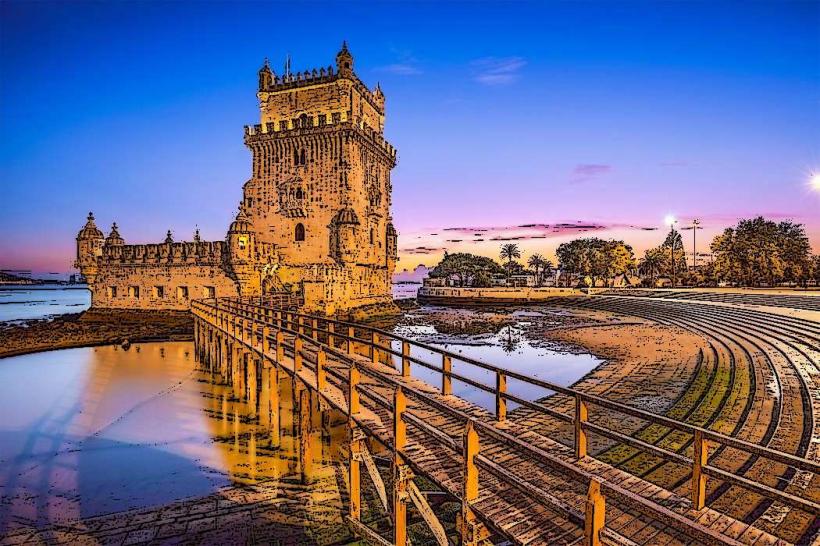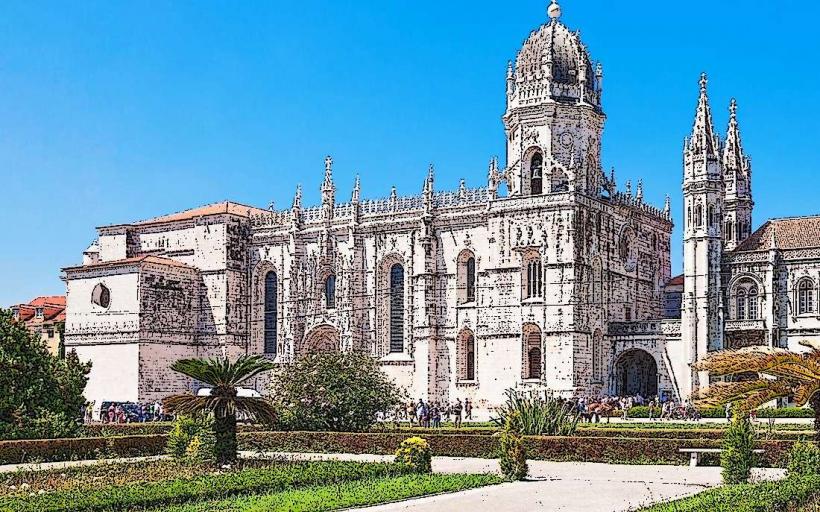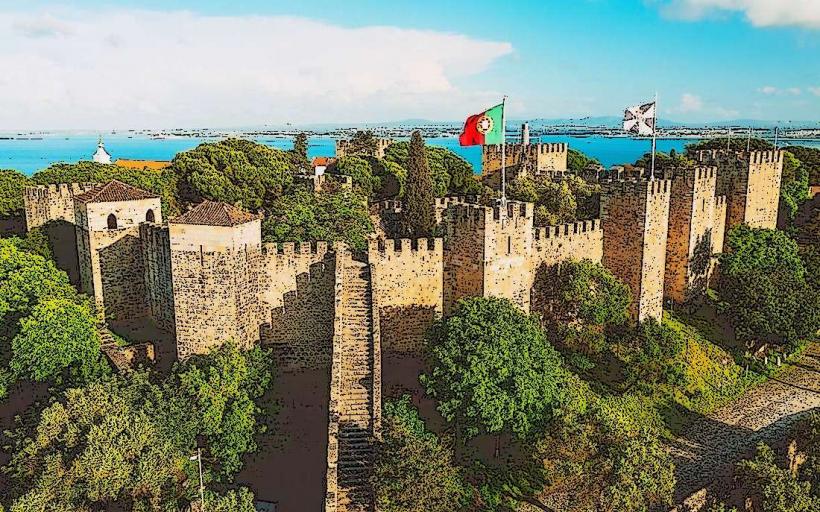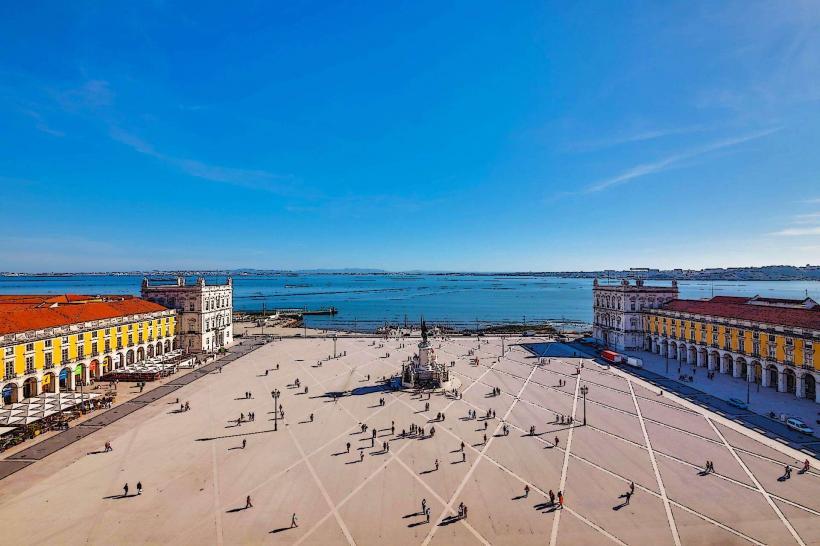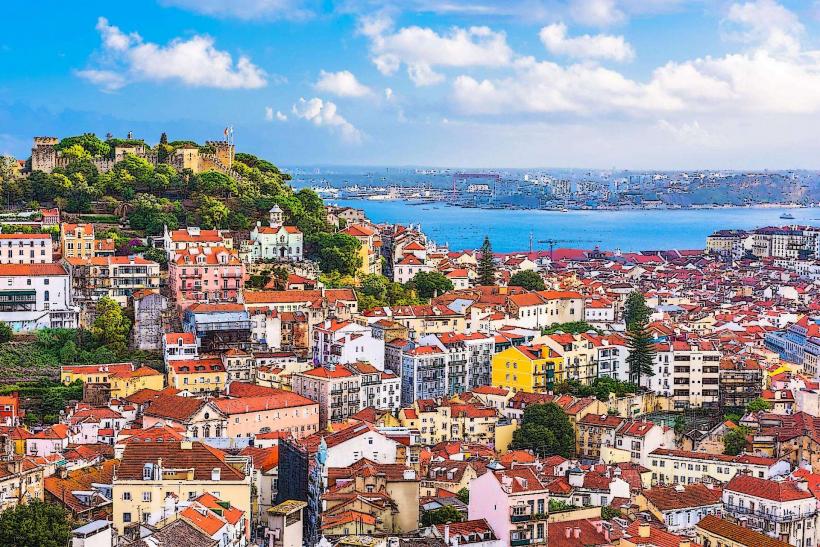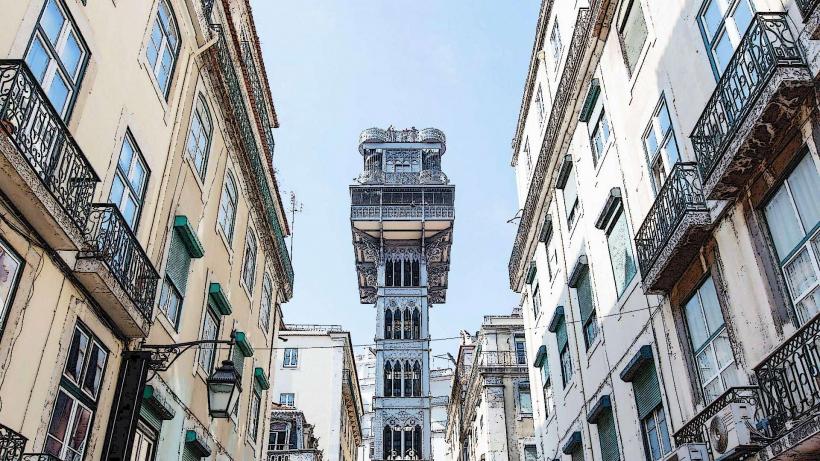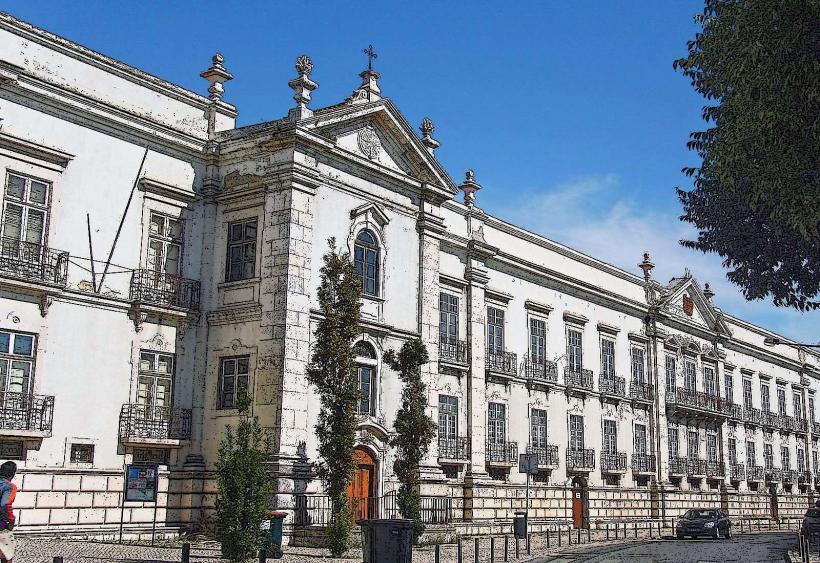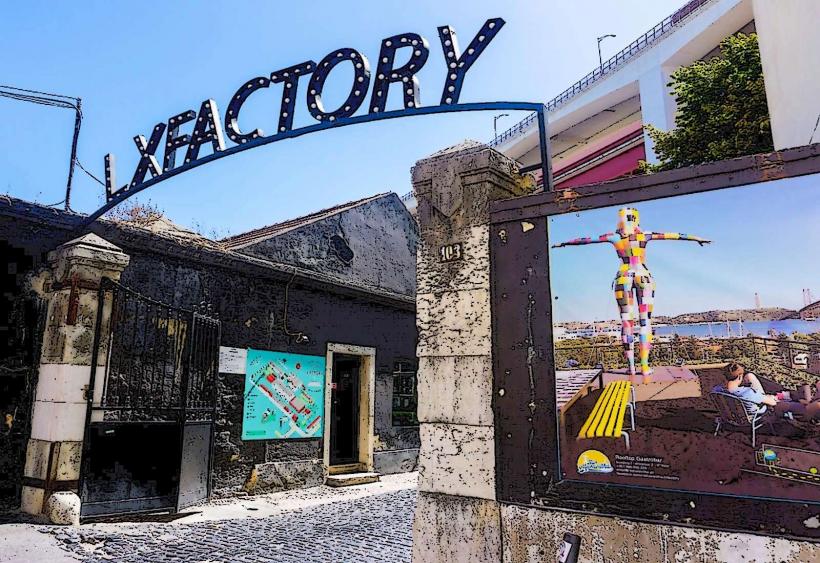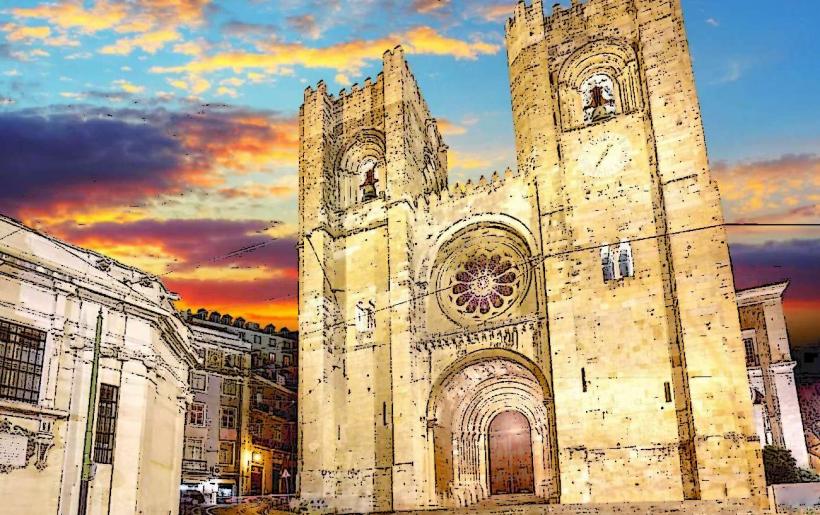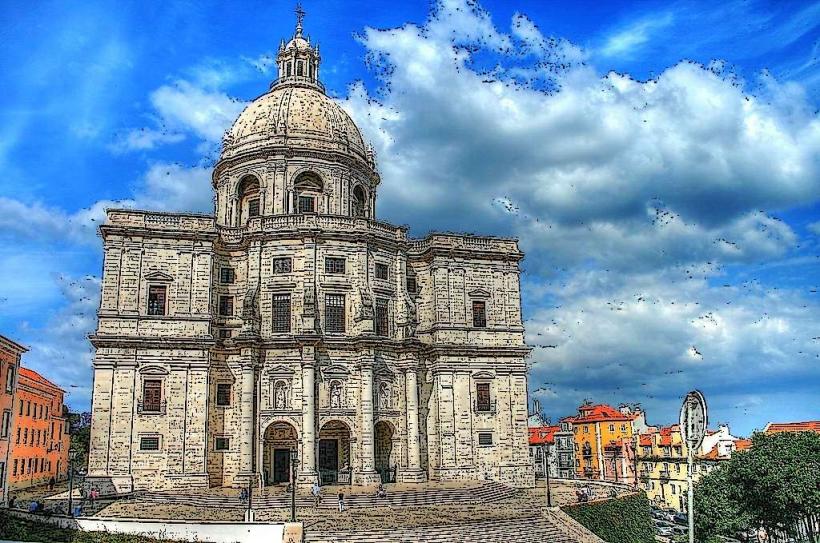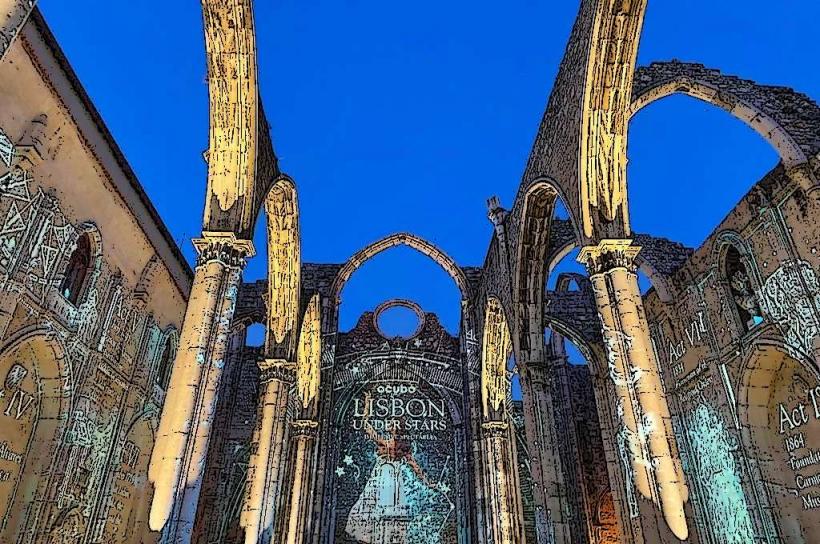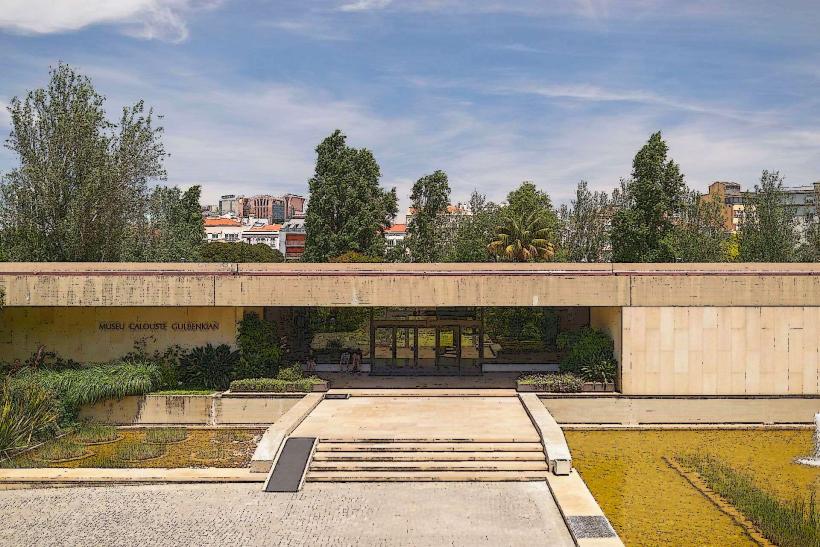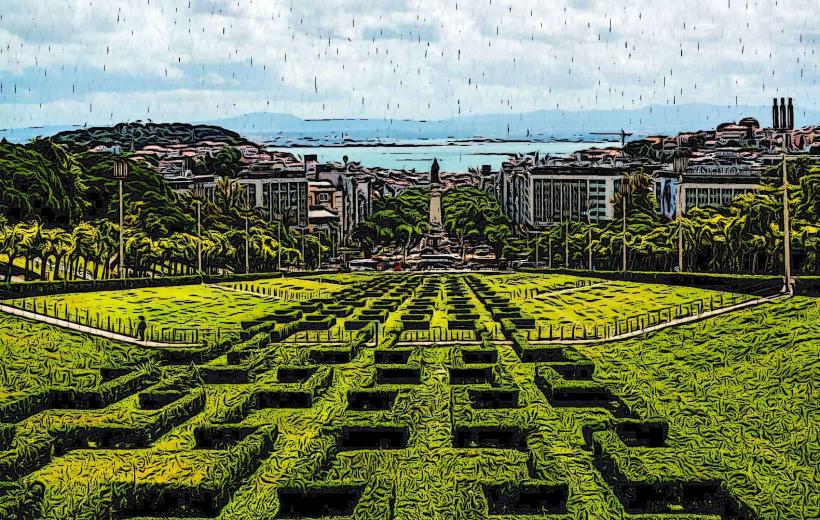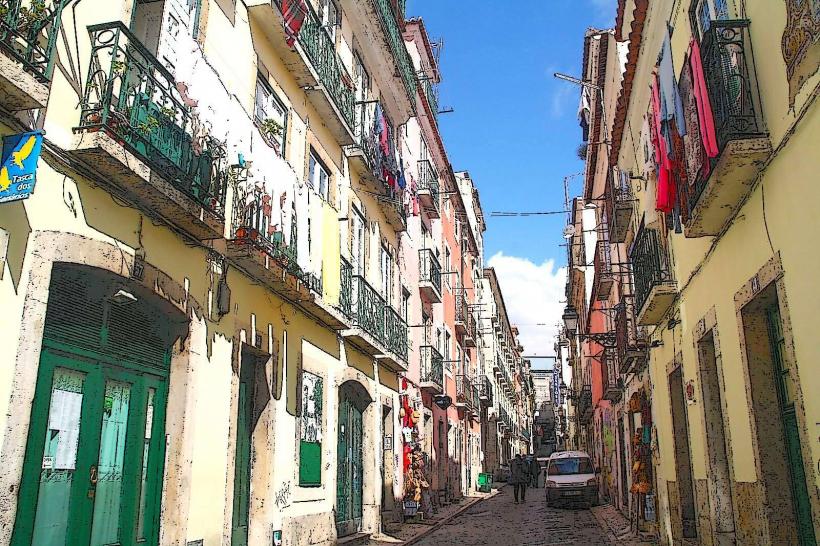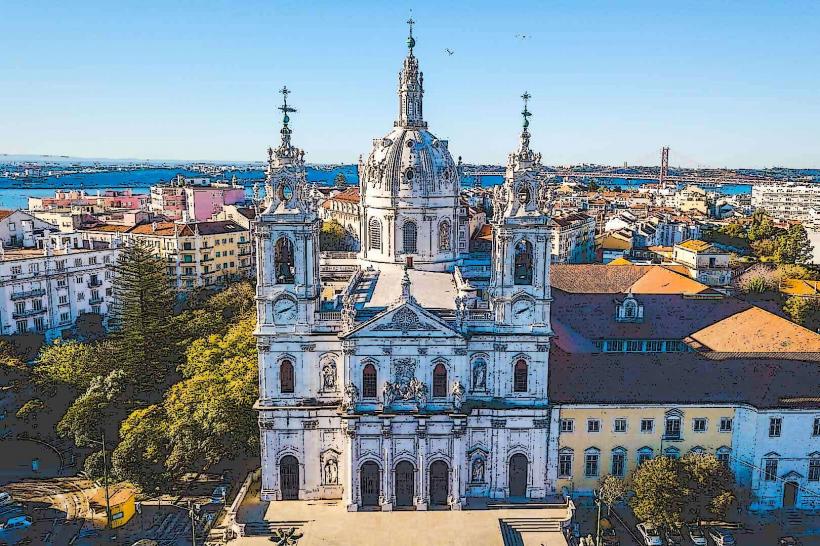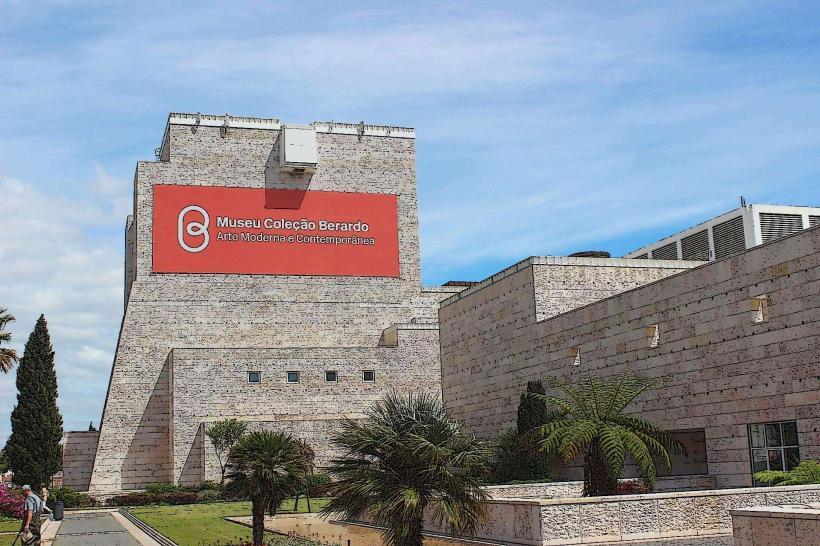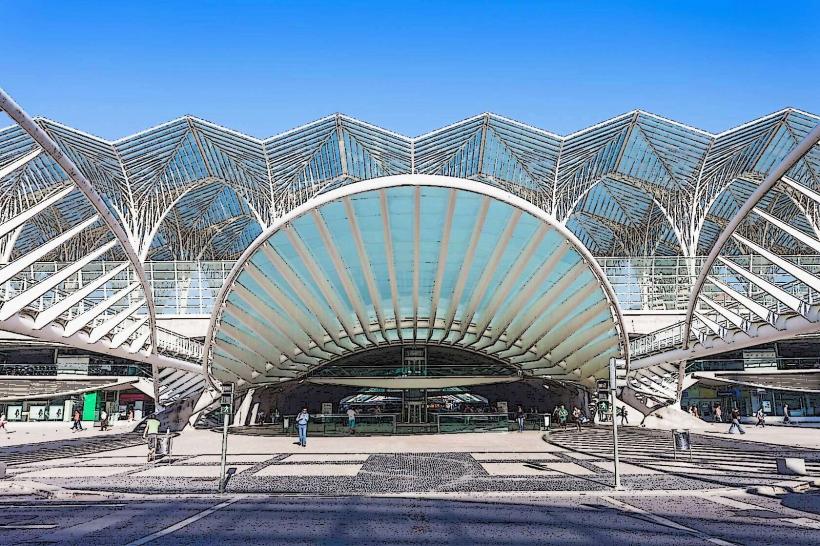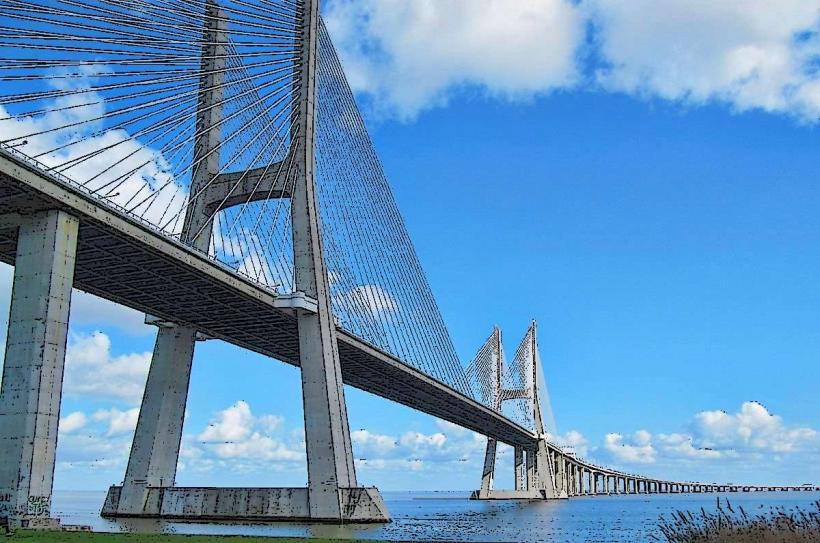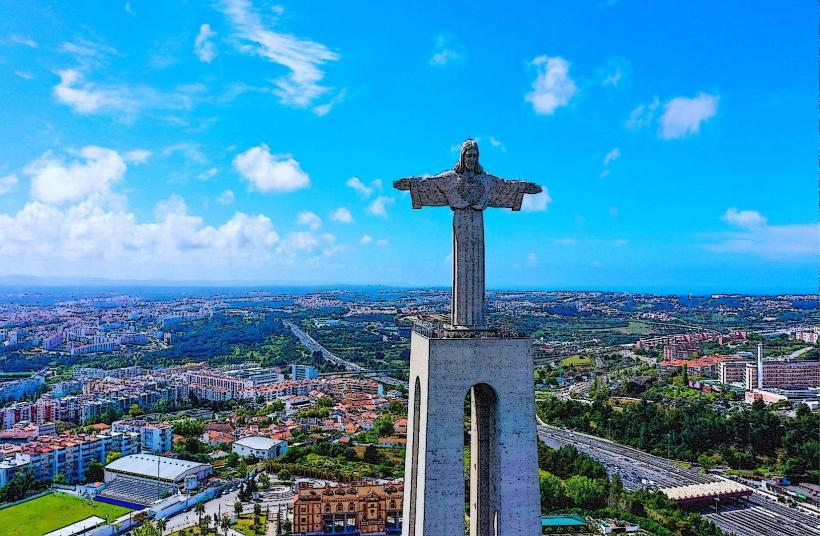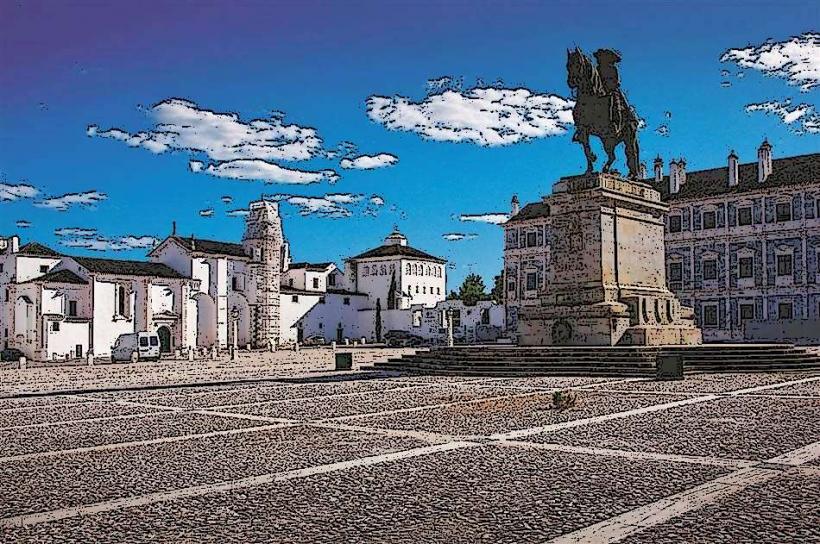Information
Landmark: Monument to the DiscoveriesCity: Lisbon
Country: Portugal
Continent: Europe
The Monument to the Discoveries (Padrão dos Descobrimentos) is one of Lisbon’s most iconic landmarks, celebrating the golden age of Portuguese exploration and maritime history. Located along the Tagus River in the Belém district, it stands as a tribute to the Portuguese explorers who played pivotal roles in the age of European exploration, which began in the 15th century. The monument commemorates the courage and ambition of sailors, cartographers, and navigators who charted new territories, connecting Europe with Africa, Asia, and the Americas.
1. History and Construction
- Inauguration: The current structure was inaugurated in 1960 to mark the 500th anniversary of the death of Prince Henry the Navigator (Infante Dom Henrique), one of the leading figures in the Portuguese Age of Exploration. The monument was designed by the architect José Ângelo Cottinelli Telmo, with the sculptor Leopoldo de Almeida responsible for the monument’s striking sculptural elements.
- Original Monument: The first monument to the Discoveries was erected in 1940 as part of the Portuguese World Exhibition (Exposição do Mundo Português), a display of Portugal's history and cultural heritage. After the exhibition, the monument was demolished, but the structure was later rebuilt in a more permanent form at its current location, along the banks of the Tagus River.
- Symbolic Location: The monument is strategically located in Belém, a historical neighborhood of Lisbon that was the starting point for many of the great voyages of discovery. It faces the Tagus River, symbolizing the maritime routes that Portuguese explorers embarked upon during the Age of Exploration.
2. Design and Architecture
- Shape and Form: The Monument to the Discoveries is designed to resemble a caravel — the type of ship that Portuguese explorers used during their voyages. The shape of the monument is a large, prow-shaped stone structure, resembling the bow of a ship cutting through the river. The monument’s vertical design suggests the idea of a sailing vessel cutting through time and space, with the explorers standing at the helm of this great adventure.
- Dimensions: The monument stands 52 meters (170 feet) tall, making it an imposing and grand feature along the Lisbon waterfront. Its scale is meant to represent the vast ambitions of the explorers and the significance of their achievements.
- Material: The monument is made of limestone, which gives it a sturdy and timeless appearance. The stone, combined with the use of bold, geometric lines, makes the monument both modern and historical in its design.
3. Sculptural Elements
- Figures of Explorers: One of the most remarkable features of the Monument to the Discoveries is its collection of sculptures. The monument is adorned with over 30 statues of significant figures from the Age of Discovery, positioned along the side of the monument to give the appearance of sailors and explorers standing on the prow of the ship.
- Notable Figures: Some of the key individuals commemorated in the monument include:
- Prince Henry the Navigator: At the front of the monument, Prince Henry is depicted as the figurehead. He is widely regarded as the driving force behind Portugal’s exploration efforts, particularly during the early 15th century.
- Vasco da Gama: One of the most famous Portuguese explorers, Vasco da Gama is depicted on the monument as a towering figure, holding a cross, symbolic of his voyages to India and the establishment of a sea route to Asia.
- Ferdinand Magellan: Another celebrated figure, Ferdinand Magellan, is immortalized for his leadership of the first circumnavigation of the Earth, even though he did not live to complete the journey.
- Pedro Álvares Cabral: Pedro Álvares Cabral, who is credited with the discovery of Brazil in 1500, is also represented.
- Other Explorers: Alongside these, there are many other prominent figures such as Gil Eanes, Afonso de Albuquerque, Tristão Vaz Teixeira, D. João II, and José de Anchieta. They represent a range of figures who contributed to Portugal’s maritime empire, including navigators, missionaries, kings, and scientists.
4. Symbolism
- Caravel Shape: The shape of the monument as a caravel is a powerful symbol of the maritime history of Portugal. The caravel was a small, highly maneuverable ship used by Portuguese sailors for long-distance exploration. This connection emphasizes Portugal’s leadership in the Age of Discovery.
- Monument's Forward-Thrusting Design: The monument is designed with a strong sense of movement and forward thrust, signifying the drive and ambition of the Portuguese explorers who pushed the boundaries of the known world. The monument faces the river, emphasizing the seafaring spirit of the era.
- Geometric Lines and Compass Rose: The base of the monument features a large compass rose inlaid into the ground, symbolizing the navigational expertise that drove Portuguese explorers. The design suggests not only the ships' paths across the oceans but also their precise navigation using wind patterns, currents, and star maps.
5. Panoramic Views
- Viewpoint: The monument also offers a panoramic platform at the top, which provides stunning views over the Tagus River, Belém, and Lisbon. Visitors can see landmarks such as the Jerónimos Monastery, the 25th of April Bridge, and the Christ the King Statue in the distance.
- An Interactive Experience: The viewpoint at the top allows visitors to appreciate not only the monument's grandeur but also the historical significance of the location. It provides a unique perspective on Lisbon’s maritime history and the voyages that shaped the city’s identity.
6. Nearby Attractions
The Monument to the Discoveries is located in the historical and cultural district of Belém, which is home to several other important landmarks:
- Jerónimos Monastery: A UNESCO World Heritage Site, the Jerónimos Monastery is one of Lisbon’s most important architectural landmarks and a testament to the wealth and influence of the Portuguese empire during the Age of Discovery.
- Belém Tower: The Belém Tower (Torre de Belém) is another iconic structure on the Tagus River, which was originally built as a fortress to defend the entrance to the harbor of Lisbon. It is closely linked to Portugal’s maritime history.
- Padrão dos Descobrimentos (Monument to the Discoveries): As the central monument in this area, the Monument to the Discoveries serves as the symbolic heart of Lisbon’s Age of Exploration.
- MAAT - Museum of Art, Architecture, and Technology: A modern art and cultural museum located nearby, which contrasts with the historical significance of the Monument to the Discoveries and other surrounding landmarks.
7. Visiting the Monument
- Location: The Monument to the Discoveries is located along the Tagus River in the Belém district of Lisbon. It is easily accessible by public transport, including trams and buses, as well as walking from nearby attractions.
- Opening Hours: The monument is open daily, with specific hours for access to the panoramic platform. It’s recommended to check in advance as opening times can vary depending on the season.
- Ticket Information: There is a nominal fee for accessing the viewpoint at the top of the monument. The Lisboa Card, a tourist pass, may offer discounts for entry.
- Accessibility: The monument is accessible to people with reduced mobility, and there are elevators available to reach the top viewpoint.
8. Summary
The Monument to the Discoveries is a striking and important tribute to the Portuguese explorers who shaped the world’s understanding of geography, navigation, and maritime power during the Age of Exploration. The monument’s ship-like design, paired with the sculptures of key historical figures, serves as both a visual and symbolic representation of Portugal's maritime heritage. Located in Belém, it is surrounded by other significant landmarks, making it an essential part of a visit to Lisbon. Whether you are a history enthusiast or simply seeking a unique vantage point of the city, the Monument to the Discoveries offers both insight and stunning views.

